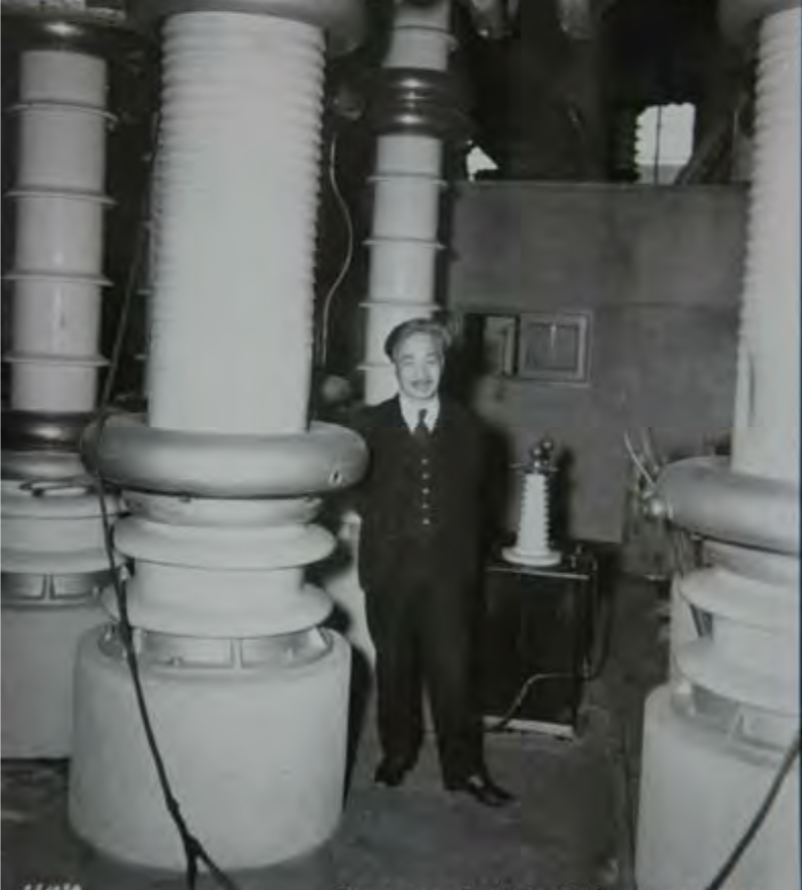Bunsaku Arakatsu (1890-1973) was a physicist and leader of the Japanese atomic bomb program.
Arakatsu was born in Japan in 1890. He studied in Europe in the 1920’s, including in Berlin under Albert Einstein, as well as Zurich and Cambridge, England. He worked at Taipei Imperial University in present-day Taiwan until 1936, when he transfered to Kyoto Imperial University.
When he was first approached by the Imperial Japanese Navy (IJN) in 1942 about working on the atomic bomb, Arakatsu was skeptical. He did not think that the bomb could possibly be completed in time for the war, to which the IJN replied that it could be used for the next war. Arakatsu’s program in Kyoto became known as F-Go. He decided to pursue uranium enrichment via centrifuges, rather than the thermal diffusion that Yoshio Nishina was attempting in Tokyo. He continued work through 1945, even after Nishina’s facility had been bombed by the Allies. His project seems to have been sped up in the final months of the war, but he still never came close to completing a weapon.
After the bombings of Hiroshima and Nagasaki, Arakatsu was tasked with investigating the full effects of the Hiroshima bombing. Some of his laboratory equipment (including a cyclotron) were destroyed by occupying forces. He returned to research, and passed away in 1973.





